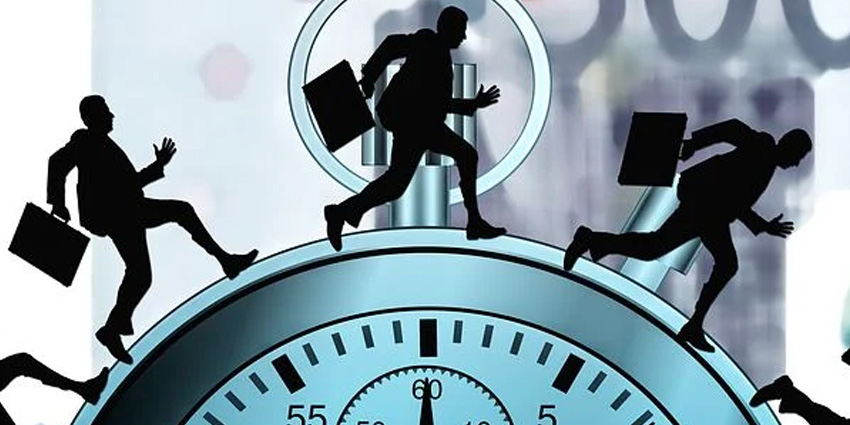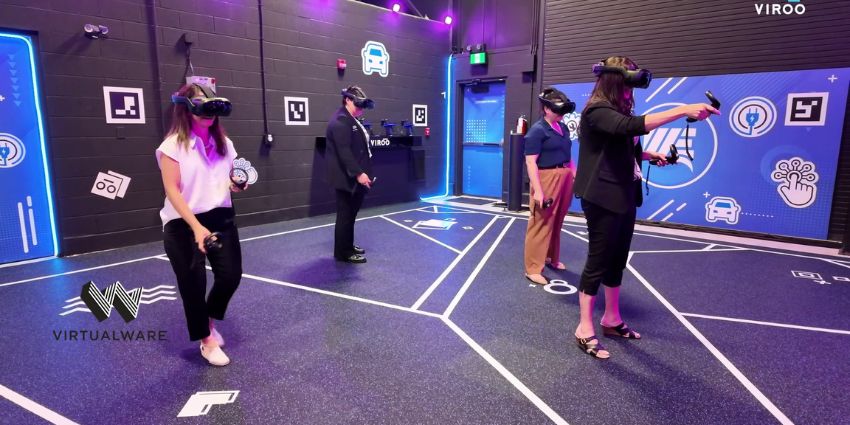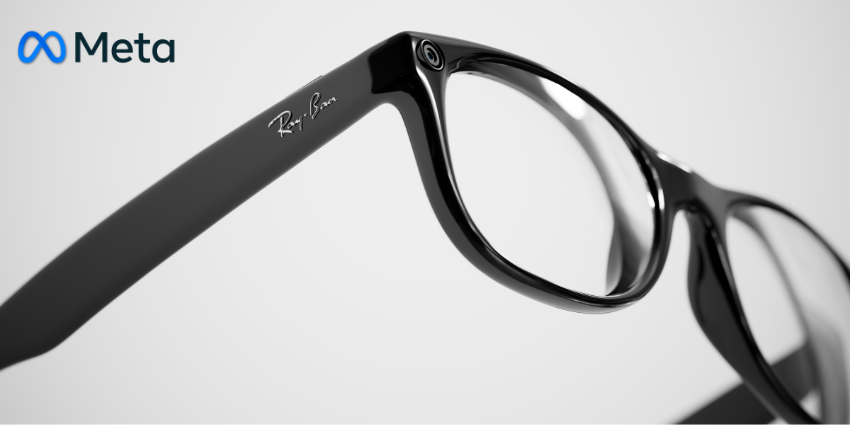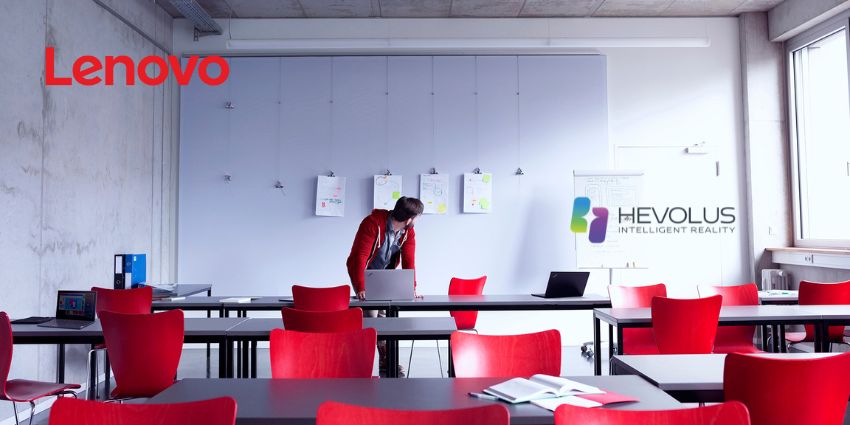Virtual and augmented reality are already making significant differences in the way that we live and work. Augmented reality adds computer-generated elements to the world around us, so we can see virtual documents on desks in front of us or view a piece of equipment. Virtual reality allows us to step into a new computer-generated environment and interact with that world.
Already, companies are discovering how XR could help them to improve productivity and save money in the business landscape. With virtual reality, you can meet with people around the world in real-time, just by putting on a headset. Face-to-face interactions through VR eliminate the need for expensive business travel.
AR and mixed reality environments make it easy to train team members with minimal risk or resource use- ideal for helping companies to leverage opportunities. However, it’s easy to forget that XR could save you another valuable resource, too – your time.
Creating More Connected, Informed Employees
Employees can perform more efficiently when they have access to the right support and information. 92% of respondents believe that video conferencing improves the efficiency of remote workers. Imagine what your employees could accomplish if they truly felt as though they were face-to-face with their colleagues?
Extended reality offers incredible opportunities for humans to collaborate on things that would otherwise require presence in a shared physical environment. Engineers could come together in a virtual reality landscape and work on a 3D model of a product in real-time. Using the right software, employees could even stress-test that product and challenge it under various situational circumstances.
For companies with hybrid in-office and remote employees, XR can open the door to more meaningful collaboration in real-time. People can get together in a space that offers access to 3D screensharing, virtual whiteboarding, and so much more – bringing more context to the conversation. AR headsets could even help technicians to make repairs to products and systems with assistance from a specialist in real-time.
Using New Realities in Work and Design
As a means of collaboration, extended reality saves businesses time by putting employees together in the same virtual space, to work on projects that would otherwise be on hold, waiting for travel arrangements. People can reach out to specialists whenever they need them and get in-depth instructions and guidance without having to visit anyone in person.
Companies could even create vast extended reality information libraries, where colleagues can go to track down information about how certain systems and machines might work. If employees have access to more immersive sources of information, they can accomplish things faster and complete tasks without having to wait for assistance from someone else.
Extended reality also accelerates the route to market when companies are designing new products and systems. Product design and prototyping are two areas where virtual reality can significantly reduce costs from both a time and financial level.
Architects can build 3D blueprints in real-time with the help of their colleagues and see how certain materials will work in different environments. Designers can make important decisions about product development and experiment with trial runs of how a system might work. Reliability and quality checks suddenly require a lot less time and money to conduct. With extended reality, you can examine your creations in real-time, without waste.
Transforming Business Processes
Extended reality isn’t just a way to make team members more engaged at work. Although virtual and augmented reality have novel benefits for collaboration and teamwork, they also deliver genuine, measurable advantages when it comes to saving time and resources.
Rendering a product with your colleagues in a virtual reality environment costs a lot less than building the same item with real equipment and materials. Connecting with a colleague to get answers to questions in a VR meeting room takes less time than arranging for an in-person meeting and setting up the travel to get there. Extended reality breaks down the walls between teams and professionals, to give them more scope for completely free creativity.
Going forward, companies could even decide to avoid asking employees to come into offices to collaborate all together. Why waste time in traffic every morning when you can log into a meeting and share access to the same crucial files with nothing but a piece of cloud technology? The age of new realities will pave the way to a landscape where we can be more productive and efficient at work than ever before.







